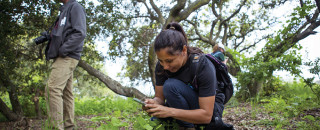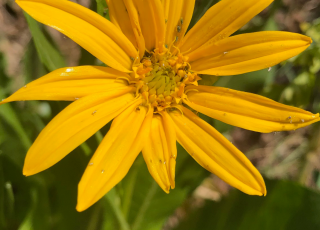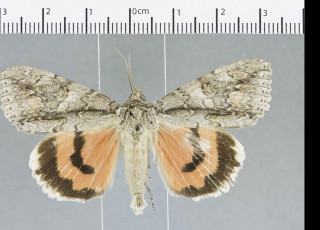Five Ways You Can Become a Citizen Scientist
Photo courtesy of California Academy of Sciences.
By Riley Black
Have you ever wanted to be a scientist? Whoever you are, and whatever your background, you can be!
Even though the word “scientist” often brings up images of professors in lab coats, the fact is that science is a powerful way of exploring our world that’s open to everyone. All around the world, citizen scientists are collecting data, making discoveries, and exploring nature. Here’s a list of five ways you can put on your citizen scientist cap and get involved!
1. iNaturalist
One of the quickest ways you can jump into citizen science is with iNaturalist! This app allows you to start exploring nature – as close as your yard! – and share your identifications with others for insight and verification. If you’ve always wanted to get to know the plants, birds, and insects in your neighborhood, iNaturalist is a great way to start your career as a citizen scientist.
2. ISeeChange
Phenology is the science of cycles in nature. ISeeChange is a way citizen scientists can track local shifts in weather, plants blooming, bird migrations, and other phenomena. These observations are essential for understanding how climate change and other phenomena are affecting the world around us, and it all starts with you observations.
3. COVID Near You
We’re all trying to keep each other safe during the spread of the new coronavirus, and COVID Near You is a way for you to help experts track how the disease is spreading and when the curve is starting to flatten. In addition to adding your data to the project, the site also offers some fun at-home experiments if you want to get gross with activities like making mucus from what you have at home.
4. SciStarter
Not quite sure what you’re looking for yet? SciStarter can help! This website helps connect citizen scientists with projects they might be interested in across a variety of fields. Seabirds, pollen, disease tracking, plant identification, and more, you’ll be sure to find something you like here.
5. Transcribe scanned field notes
Throughout the 20th century, the Natural History Museum of Utah collected tens of thousands of pages of handwritten field notes from scientists working in Utah. Ranging from 1931 to the present, these notes documented zoological expeditions and daily life in between. A team in NHMU’s collections is now conducting the Field Note Transcription Project, which will digitally archive every page of these notes in an effort to preserve their contents and share them with researchers around the world. Learn more here.
Click here to participate in one of our current citizen science opportunities.
Riley Black is the author of Skeleton Keys, My Beloved Brontosaurus, Prehistoric Predators, and a science writer for the Natural History Museum of Utah, a part of the University of Utah in Salt Lake City. Our mission is to illuminate the natural world and the place of humans within it. In addition to housing outstanding exhibits for the public, NHMU is a research museum. Learn more.



